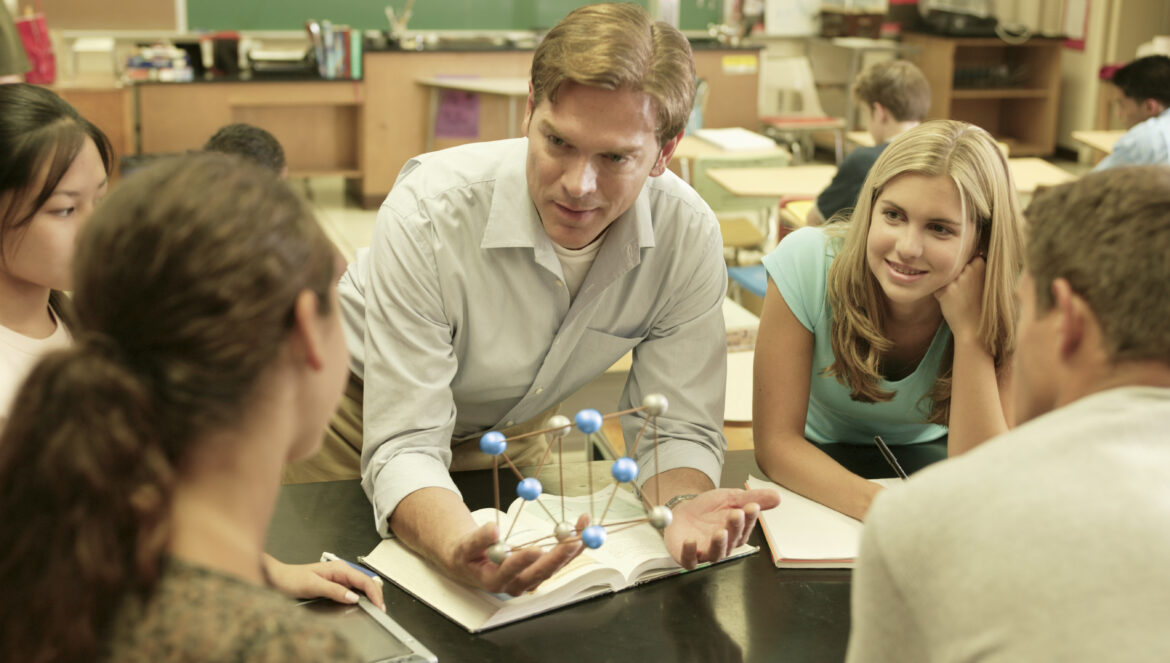One of the most critical aspects of education is providing a safe learning environment for students. When it comes to science education, the laboratory can be a high-risk setting, particularly for students in the ninth grade. Data shows that this grade level experiences the highest number of accidents in science laboratories, with statistics indicating that a staggering 70% of incidents occur in ninth-grade labs.
For many students, ninth grade marks their first exposure to a formalized laboratory environment, where they encounter real chemicals, equipment, apparatus, and materials.
The reason behind this concerning statistic is clear. For many students, ninth grade marks their first exposure to a formalized laboratory environment, where they encounter real chemicals, equipment, apparatus, and materials. This unfamiliarity can lead to inappropriate use and handling, resulting in accidents. Moreover, hormonal imbalance and the transition from middle to high school can also contribute to a lack of judgment and an increased inclination towards risk-taking behaviors among students.
It is evident that a proactive approach is necessary to address this issue. Middle school teachers can play a crucial role in preparing students for the challenges of high school science laboratories. By focusing on comprehensive safety training and instilling a strong understanding of proper laboratory protocols, educators can help mitigate the risks associated with ninth-grade science experiments.
Furthermore, it is vital for ninth-grade science teachers to be particularly mindful of the unique challenges presented by their students. Teachers should prioritize thorough safety instruction and supervision, acknowledging the potential for accidents and effectively addressing them. Additionally, district-level conversations should center on providing adequate support and resources for science educators, especially those new to the field, to ensure they are well-equipped to handle the demands of teaching ninth-grade science.
Addressing the issue also calls for a holistic examination of the teaching landscape. New teachers, often with limited science backgrounds, are frequently assigned to ninth-grade science classes, amplifying the existing safety concerns. To counteract this trend, there is a pressing need for a comprehensive approach that includes mentorship, professional development, and strategic staffing decisions to promote safety and proficiency in science education.
In conclusion, the safety of students in ninth-grade science laboratories is a matter that demands urgent attention and concerted action. By fostering collaboration between middle and high school educators, providing targeted support for ninth-grade science teachers, and implementing robust safety protocols, educational institutions can create a safer and more conducive learning environment for young scientists. It is imperative to recognize the challenges and proactively work towards sustainable solutions that prioritize the well-being of students and the advancement of science education.


